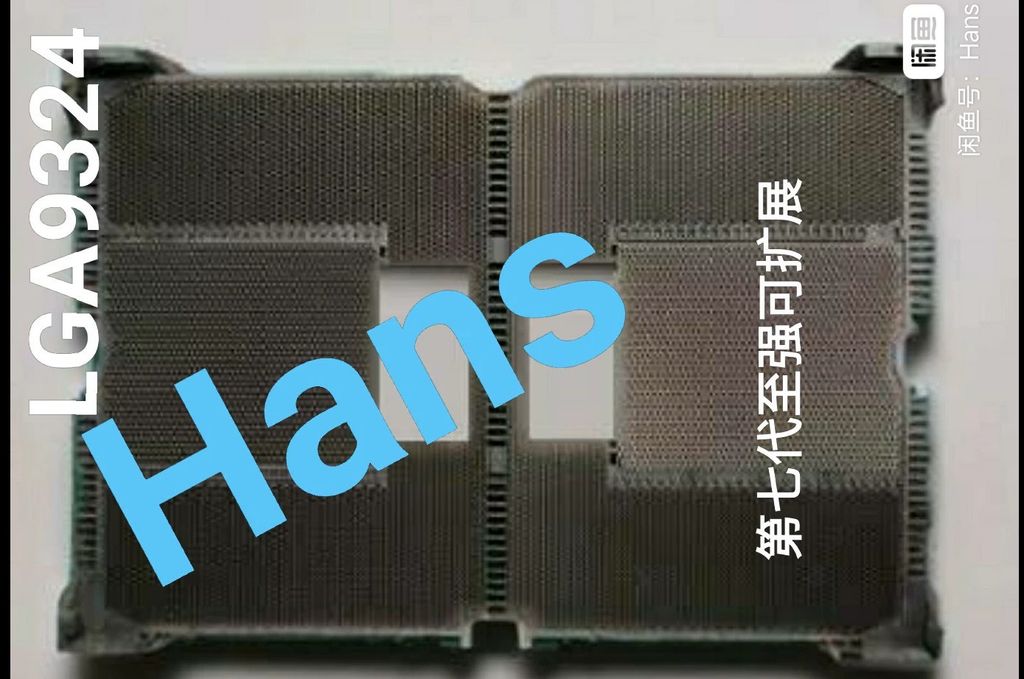
(Image credit: Goofish)
An alleged picture of the socket that is expected to host Intel's next-generation Diamond Rapids (Xeon seventhgeneration) family of server CPUs has emerged, as spotted by HXL on X. The LGA9324 socket reportedly carries over 10,000 pins, once you consider debug pins and the like. This will likely be the largest LGA CPU socket yet, unless future Venice offerings from AMD exceed this amount.
Last August, test tool listings for partners indicated that Intel's future Diamond Rapids processors will reportedly require a new Oak Stream platform with its LGA9324 socket. Under the Xeon 7 family, these CPUs are expected to supersede existing Granite Rapids offerings, across AP (Advanced Performance) Xeon 6900P and SP (Scalable Performance) Xeon 6700P/6500P offerings. Prototype cooler designs from Dynatron suggest Intel will fragment Diamond Rapids into AP and SP flavors, and so we might see a toned-down socket under the Oak Stream family for Diamond Rapids-SP.
Currently, Intel's largest socket, LGA7529, features at least 7,529 contacts, while AMD's SP5 offers 6,096. Xeon 6900P CPUs, utilizing the LGA7529 socket, offer up to 128 P-cores, support 12 DDR5 memory channels, and can reach a TDP of 500W. With a nearly 30% increase in pin-counts, expect more I/O, memory channels, increased TDPs, and even core counts. While we don't have a banana for scale, visually, this is a massive socket, dwarfing LGA1851 (used by Arrow Lake) by almost five times.
The Goofish listing mentions that the model in the shared image was apparently acquired from a scrap yard and was initially part of a thermal test board. What this means is that Intel is probably validating Diamond Rapids as we speak with their partners, and who knows if benchmarks or even an actual CPU sample surfaces soon?
Diamond Rapids is expected to leverage the Panther Cove-X architecture, which is believed to serve as a server analogue to Coyote Cove on Nova Lake. Rumored to be built using 18A, the launch of Diamond Rapids hinges greatly on its High Volume Manufacturing (HVM) readiness, with Panther Lake targeting HVM by late 2025.
This isn't an apples-to-apples comparison since Panther Lake's Compute Tile (Likely 18A) is expected to span between 100-150mm^2, while Compute Tiles on Intel's Xeon processors can be as large as 600mm^2. Even though Intel hasn't confirmed an exact release window for Diamond Rapids, we can expect these CPUs to arrive sometime in 2026, rivaling AMD's Venice.
Follow Tom's Hardware on Google News to get our up-to-date news, analysis, and reviews in your feeds. Make sure to click the Follow button.

-
 C114 Communication Network
C114 Communication Network -
 Communication Home
Communication Home


